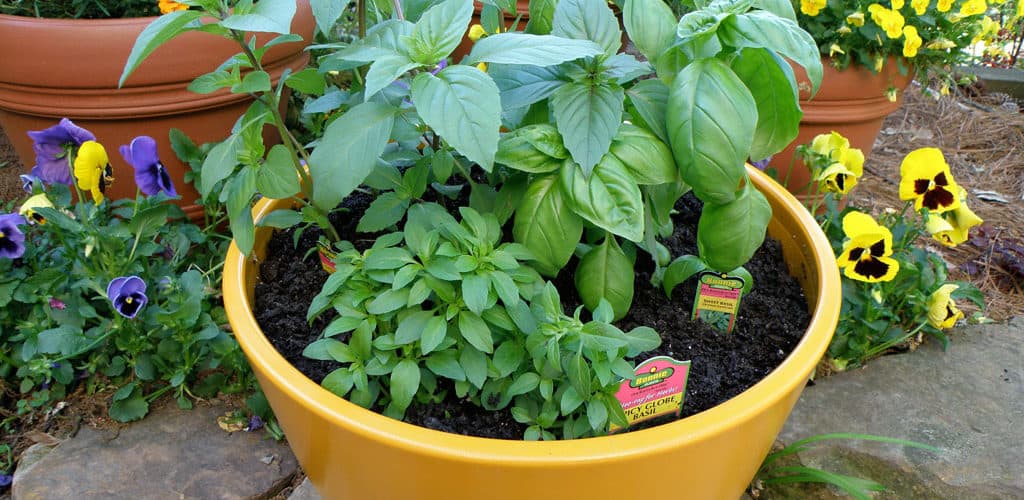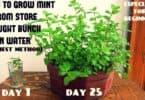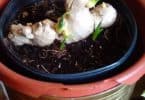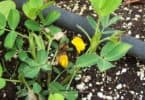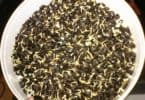Sweet basil is an essential herb for many recipes and Italian dishes. This herb is particularly flavorful and can be a great addition to spice up a simple meal. Sweet basil was first native to the warmer areas of Asia, such as Iran and India. Today, however, basil is grown worldwide and is an integral component of many recipes.
In order to plant basil seeds, you need to wait until after the last frost of winter. It is typically recommended to wait until late March to plant sweet basil seeds. When planting outside, make sure the soil is free of weeds and in the sun. It is not necessary to have a particular type of soil, however, it is imperative to put a good amount of manure or compost in with the seeds so that they grow to their fullest capability. Likewise, basil likes the direct sun, however, it does have the ability to dry up if it is not watered sufficiently. Be sure to water it daily but also provide adequate drainage. There needs to be holes in the bottom of your pot or container to sufficiently supply the proper drainage necessary for healthy growth.
When growing sweet basil it is important to monitor it. For the sweet basil to grow the best, it should be tended periodically. Rather than taking all of the leaves off of the plant at once, it is better to pinch off a few of the leaves at a time to use in the kitchen. This is important because more leaves will continue to grow as long as you pinch from the top. Therefore, you should continually pinch the top even if you are not going to use all of the basil. This way, the plant will have a more healthy, fuller look and provide more sweet basil for when you need it.
Sweet basil can be grown both indoors and outdoors. It is a very versatile plant because of this. Similarly, because it only grows to about two feet tall, it can conveniently be stored without too much waste of space. When the plant is kept indoors it is going to need a lot less water then outside. Especially during the hot summer months, the temperature can significantly dry out the sweet basil plant. If the plant is indoors, watering every week can typically be enough. On the other hand, if the plant is put outside, you will need to water nearly everyday.
Another great benefit of growing basil is the many applications of its use. Basil is an essential component to many recipes and can enhance your cooking. Pesto, which can be put on pasta and other foods, is one of the great recipes that call for basil. Furthermore, basil can be frozen. This way, you can enjoy basil deep into the cold of winter after you thaw it from your freezer. Basil is an easy, low maintenance, indoor and outdoor herb that can help to spice up your cooking year round.
<>

